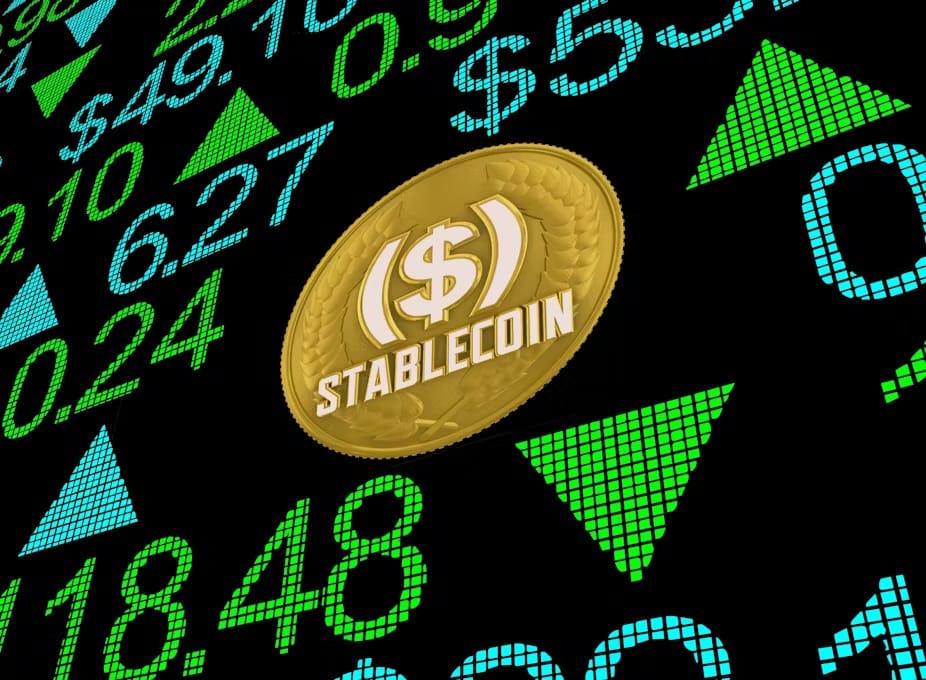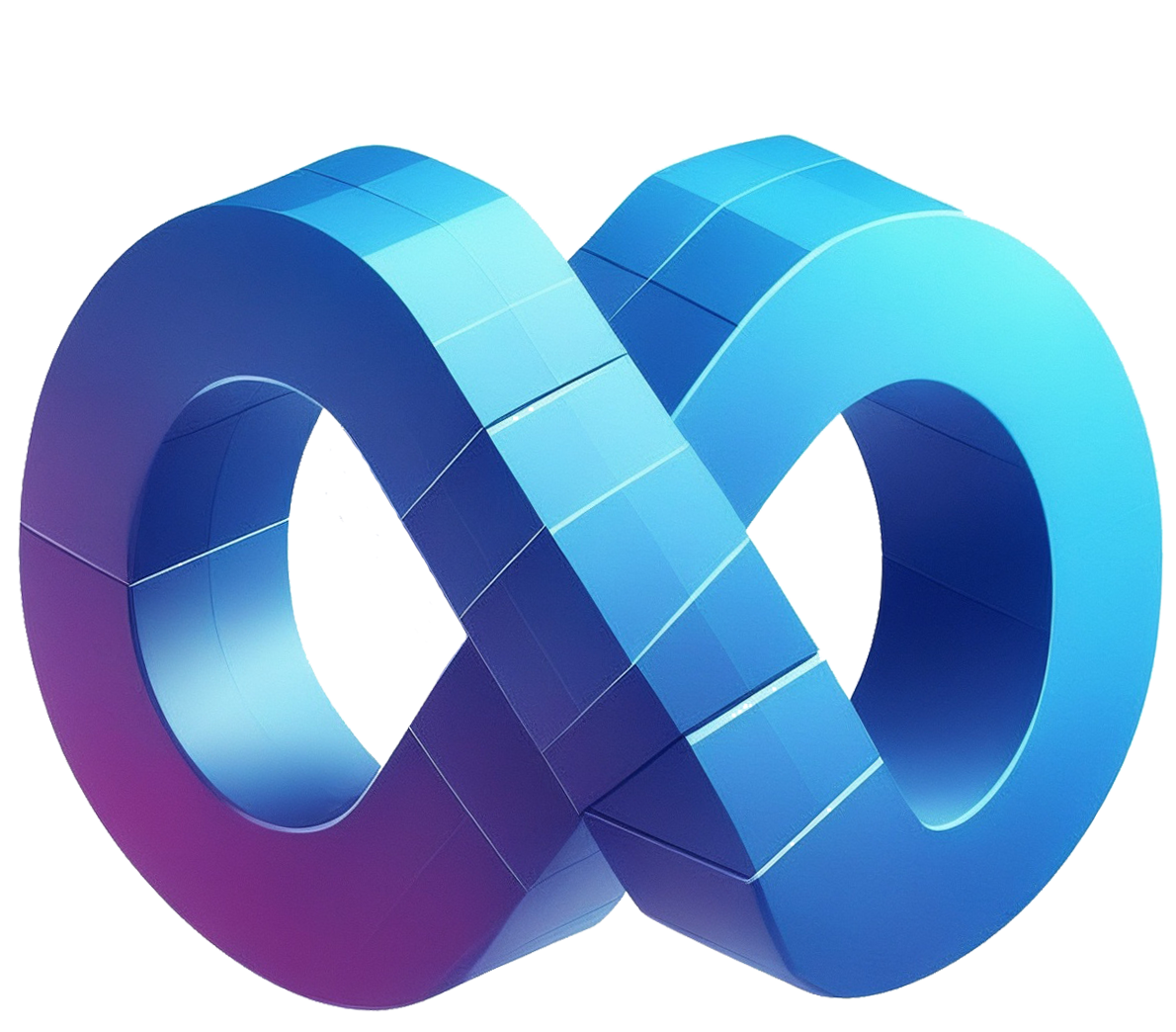Kraken and Crypto.com Plan Their Own Stablecoins for 2025

Crypto exchanges Kraken and Crypto.com are planning to launch their own stablecoins. It’s a strategic move driven by the European Union’s incoming Markets in Crypto-Assets (MiCA) regulation. The EU isn’t messing around with this one. They’re demanding that all stablecoin issuers secure proper authorization to operate within their borders, a push aimed at boosting transparency, ensuring liquidity, and safeguarding consumers in the wild world of crypto. For platforms like Kraken and Crypto.com, launching proprietary stablecoins isn’t just about compliance, it’s about keeping their operations humming smoothly without missing a beat.
So, what exactly are stablecoins, and why do they matter? These digital assets are designed to hold a consistent value, usually tied to traditional currencies like the U.S. dollar or the euro. Unlike the rollercoaster rides of Bitcoin or Ethereum, stablecoins offer a calm harbor, making them perfect for converting crypto into fiat money without the headache of wild price swings. Typically, exchanges lean on popular stablecoins like Tether (USDT) or USD Coin (USDC), which are issued by third-party giants Tether and Circle. But with the new EU rules looming, relying on outside issuers could get dicey if those companies don’t meet MiCA’s strict standards. That’s where Kraken and Crypto.com are stepping in with their own solutions.
Never Miss Important News
Sign up and be the first to know when we publishA Strategic Shift to Self-Reliance
The push for proprietary stablecoins marks a pivotal shift for these platforms. Kraken, for instance, is already hard at work on a dollar-backed stablecoin, set to launch through its Ireland-based subsidiary. It’s a smart play, keeping things in-house means they can ensure full compliance with the EU’s regulations while dodging any risks tied to third-party issuers dropping the ball.
Crypto.com isn’t far behind, with plans to unveil its own stablecoin by the third quarter of 2025. Details are still under wraps about what fiat currency it’ll tie to or how it’ll roll out, but the intent is clear: they’re not about to let regulatory hurdles slow them down. Bloomberg highlighted how these platforms are adapting to a rapidly evolving market.
If third-party stablecoins like Tether or USDC fail to get MiCA approval, exchanges depending on them could hit a wall. Imagine the chaos of halted trades or disrupted withdrawals. By crafting their own stablecoins, Kraken and Crypto.com are taking control of their destinies, ensuring their users can keep trading, converting, and cashing out without a hitch. It’s a bold step that underscores how seriously these platforms are taking the EU’s new framework. Plus, it’s a chance to flex some innovation muscle, potentially setting their stablecoins apart in a crowded market.

